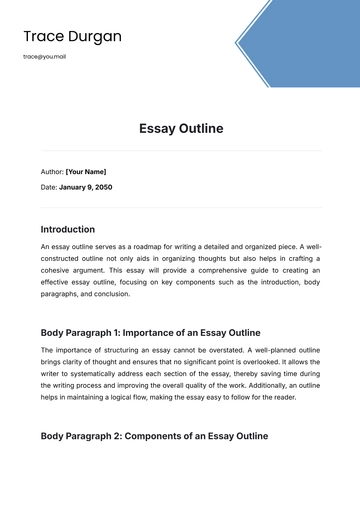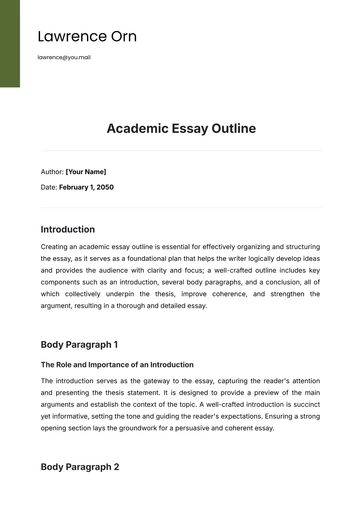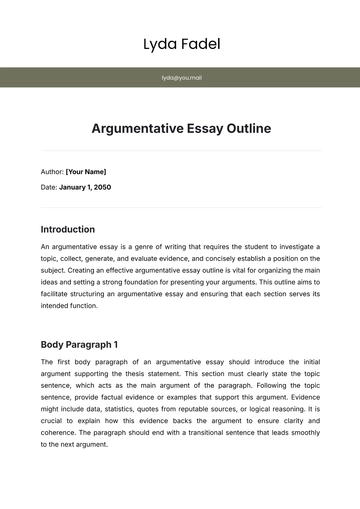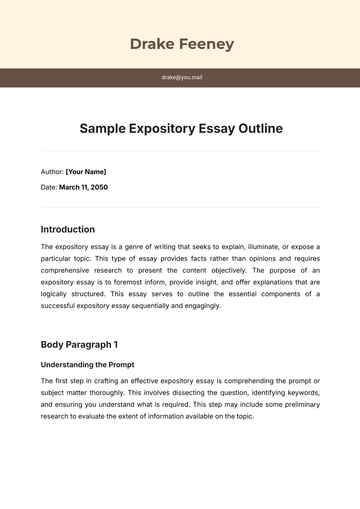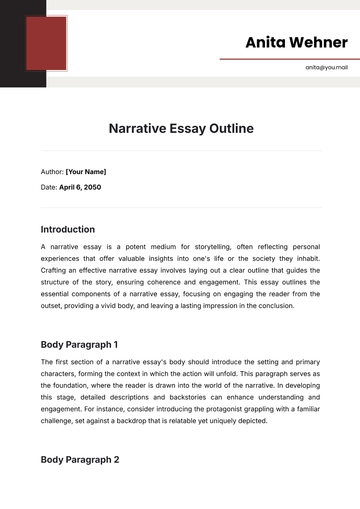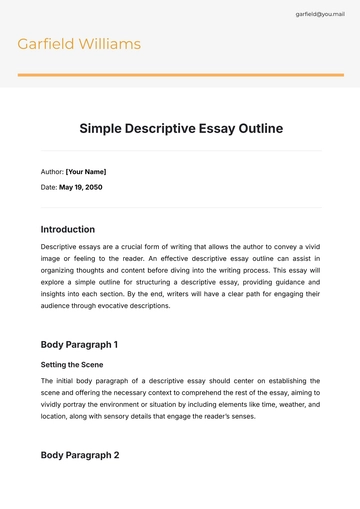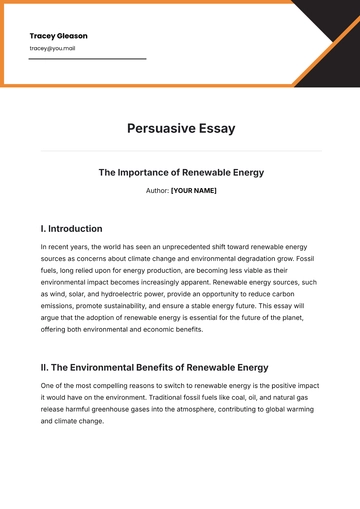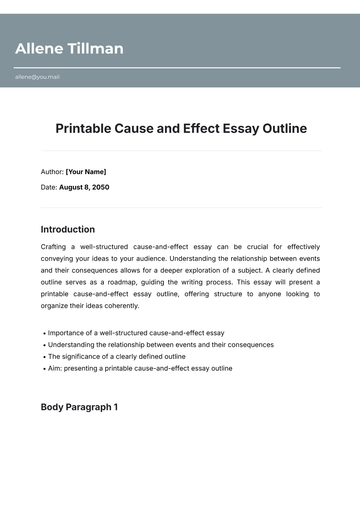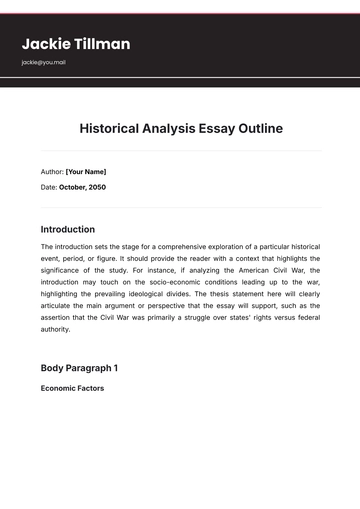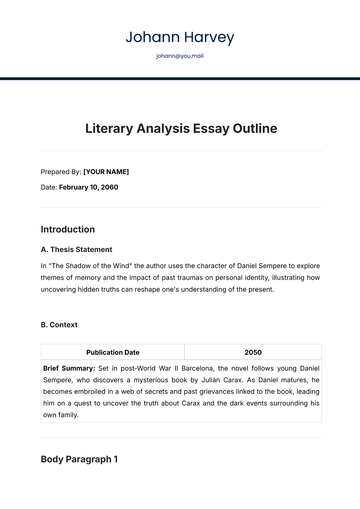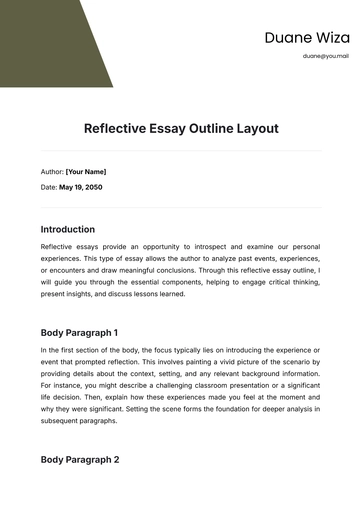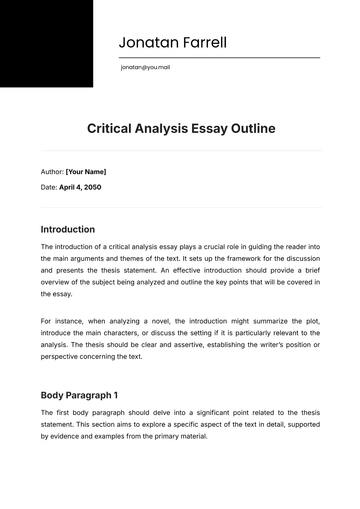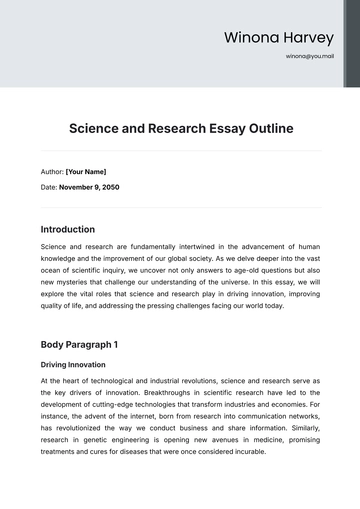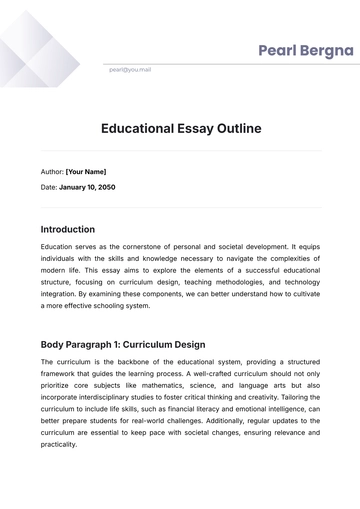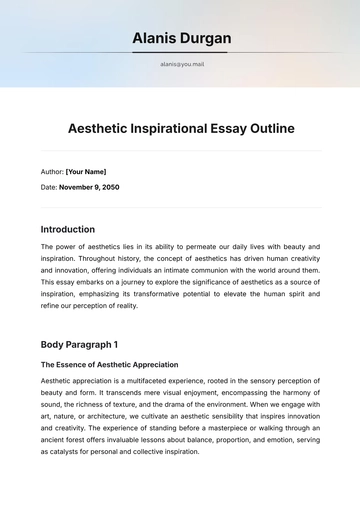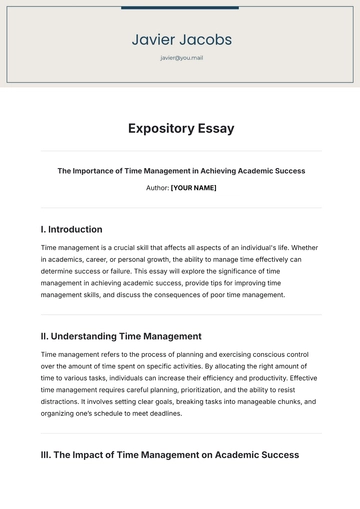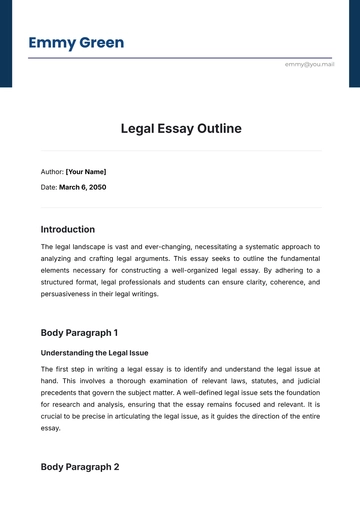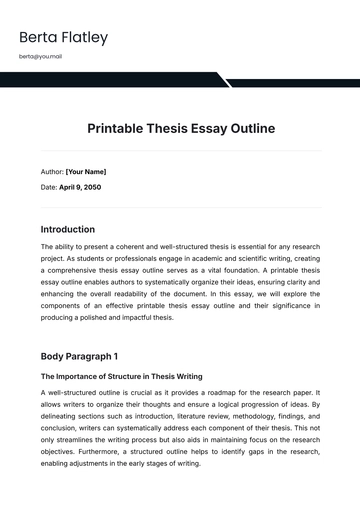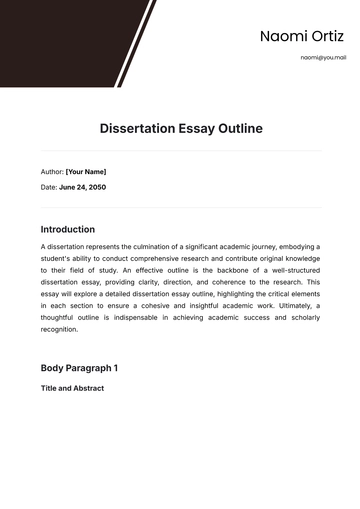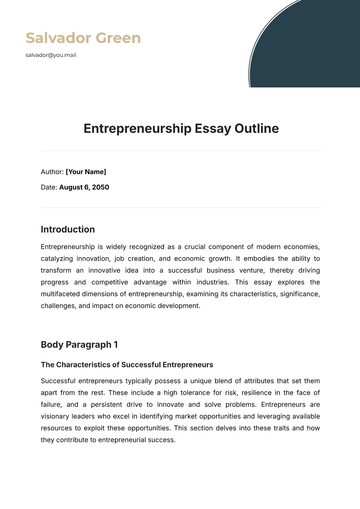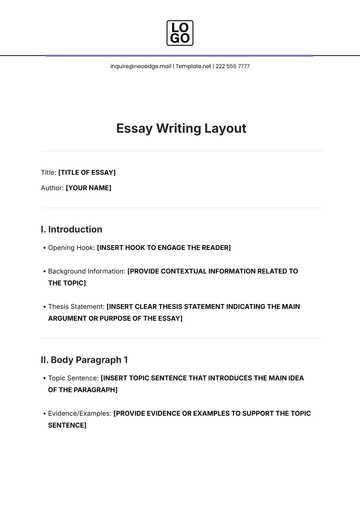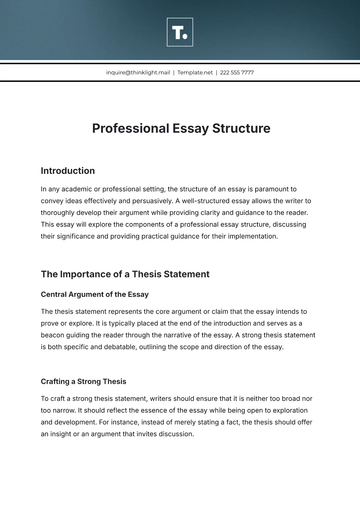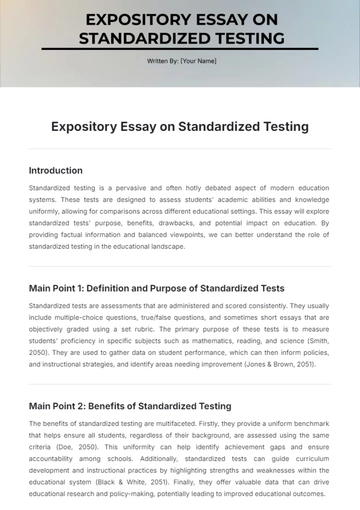Free Human Trafficking Expository Essay
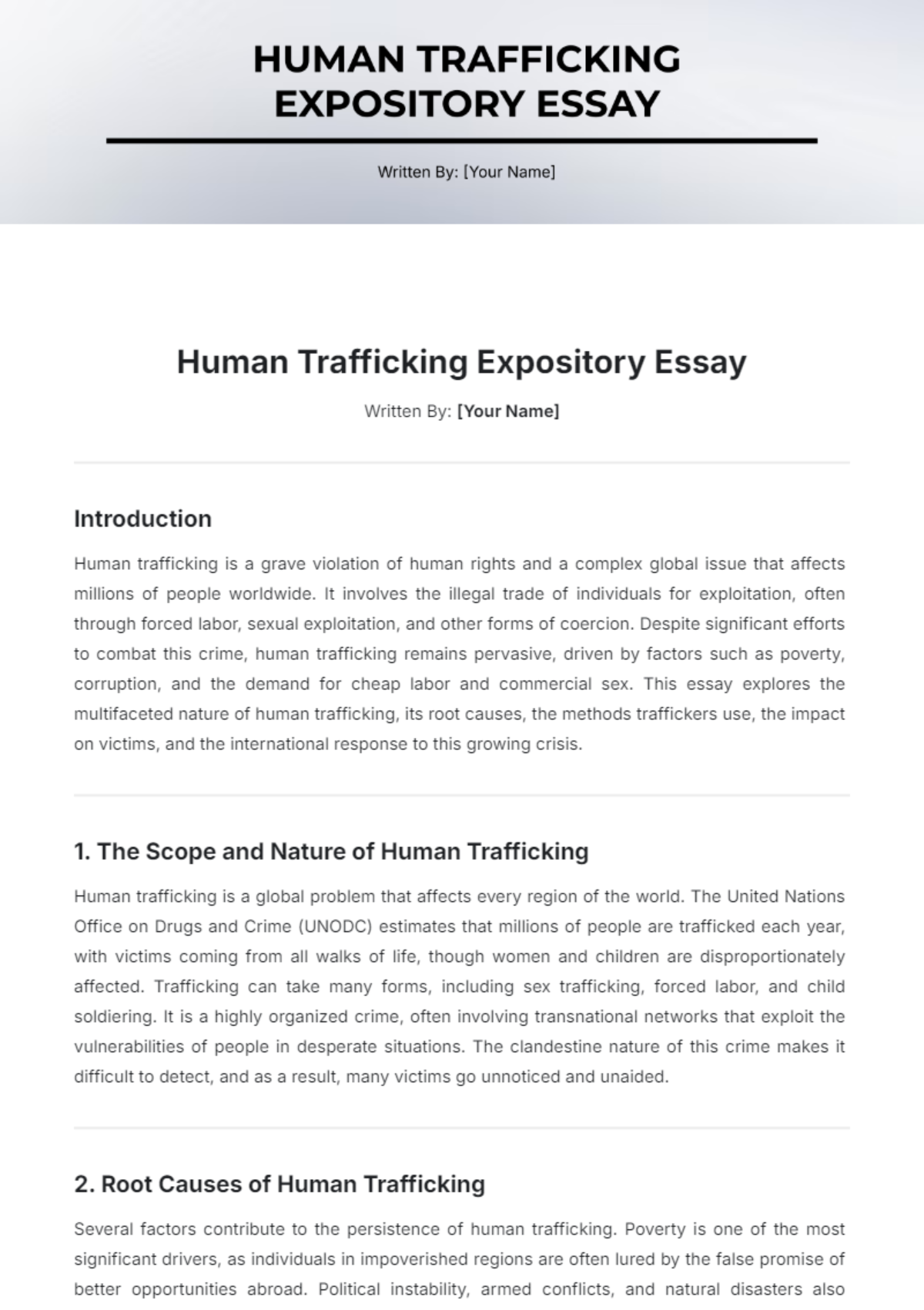
Written By: [Your Name]
Introduction
Human trafficking is a grave violation of human rights and a complex global issue that affects millions of people worldwide. It involves the illegal trade of individuals for exploitation, often through forced labor, sexual exploitation, and other forms of coercion. Despite significant efforts to combat this crime, human trafficking remains pervasive, driven by factors such as poverty, corruption, and the demand for cheap labor and commercial sex. This essay explores the multifaceted nature of human trafficking, its root causes, the methods traffickers use, the impact on victims, and the international response to this growing crisis.
1. The Scope and Nature of Human Trafficking
Human trafficking is a global problem that affects every region of the world. The United Nations Office on Drugs and Crime (UNODC) estimates that millions of people are trafficked each year, with victims coming from all walks of life, though women and children are disproportionately affected. Trafficking can take many forms, including sex trafficking, forced labor, and child soldiering. It is a highly organized crime, often involving transnational networks that exploit the vulnerabilities of people in desperate situations. The clandestine nature of this crime makes it difficult to detect, and as a result, many victims go unnoticed and unaided.
2. Root Causes of Human Trafficking
Several factors contribute to the persistence of human trafficking. Poverty is one of the most significant drivers, as individuals in impoverished regions are often lured by the false promise of better opportunities abroad. Political instability, armed conflicts, and natural disasters also create environments where trafficking can thrive, as displaced people become more susceptible to exploitation. Corruption and weak law enforcement further exacerbate the problem, allowing traffickers to operate with impunity. Additionally, societal factors such as gender inequality and discrimination against marginalized groups play a crucial role in making certain populations more vulnerable to trafficking.
3. Methods Used by Traffickers
Traffickers employ a range of tactics to recruit, transport, and exploit their victims. These methods often involve deception, coercion, and violence. Victims may be tricked into believing they are being offered legitimate employment or education opportunities, only to find themselves trapped in exploitative conditions. In many cases, traffickers use physical and psychological abuse to control their victims, including threats against their families or withholding identity documents. The use of technology, such as social media and online job advertisements, has also become a common tool for traffickers to recruit and manipulate victims across borders.
4. The Impact on Victims
The consequences of human trafficking are devastating for the individuals involved. Victims often suffer from severe physical and psychological trauma as a result of the abuse and exploitation they endure. Many are subjected to dangerous working conditions, malnutrition, and lack of medical care, which can lead to long-term health issues. The psychological impact is equally profound, with many victims experiencing depression, anxiety, post-traumatic stress disorder (PTSD), and a loss of personal identity. Moreover, the stigma associated with trafficking can make reintegration into society difficult, leaving survivors with limited options for rebuilding their lives.
5. Global Actions and Initiatives to Fight Human Trafficking
The global community has recognized the severity of human trafficking and has taken steps to address it. International agreements such as the Palermo Protocol, part of the United Nations Convention against Transnational Organized Crime, provide a framework for countries to cooperate in the prevention, prosecution, and protection of trafficking victims. Various organizations, including NGOs and governmental agencies, are actively working to raise awareness, support victims, and strengthen legal frameworks to combat trafficking. However, despite these efforts, challenges remain in effectively implementing laws and ensuring that victims receive the necessary support and justice.
Conclusion
Human trafficking is a heinous crime that strips individuals of their dignity and freedom. It is a complex issue that requires a multifaceted approach, addressing not only the symptoms but also the root causes that allow it to persist. While significant progress has been made in combating human trafficking, much work remains to be done. Strengthening international cooperation, improving victim support systems, and addressing the underlying factors such as poverty and inequality are essential steps toward eradicating this global scourge. Only through concerted and sustained efforts can the international community hope to end human trafficking and protect the fundamental rights of every individual.
- 100% Customizable, free editor
- Access 1 Million+ Templates, photo’s & graphics
- Download or share as a template
- Click and replace photos, graphics, text, backgrounds
- Resize, crop, AI write & more
- Access advanced editor
Explore the grim realities of human trafficking with Template.net’s Human Trafficking Expository Essay Template. This customizable and editable template guides you in structuring a comprehensive essay on this global issue. Editable in our AI Editor Tool, it’s ideal for students, activists, and writers aiming to produce well-researched, impactful essays that shed light on human trafficking.
